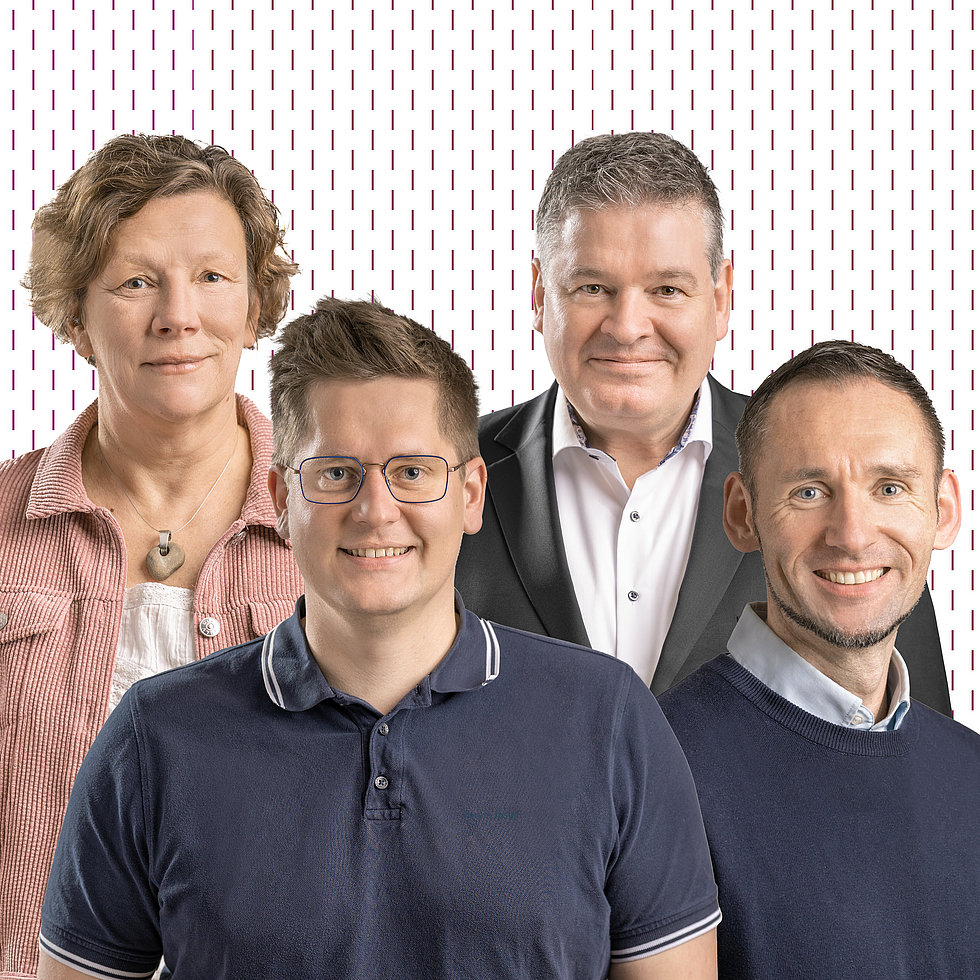
In 1824, when Captain Gleistein founded a rope factory in Bremen Vegesack, ropes were simply ropes. Since then, almost everything has changed.
Today, the once simple factory has become Bremen's oldest industrial family business and our solutions are the promise of a perfect connection. The name Gleistein stands for high-quality rope solutions that successfully perform, internationally and in a wide variety of markets.
Research, development, and production are carried out in two of the world's most modern production facilities, with a total area of over 21,000 m2 in Bremen and Trencin, Slovakia. A supplier of the shipyard industry in northern Germany from the 19th century has grown into a globally active and diverse group of companies, that is a member of the technological world class and market leader in many areas.
What has remained until today is the spirit of perpetual, sustainable renewal. The self-commitment to mobility, speed, and progress is a paradigm of our time and makes looking into the past difficult. At the same time, this history is the foundation of the future viability of Bremen's oldest industrial family business.
We therefore venture to glimpse back at 200 years of history in turbulent times.
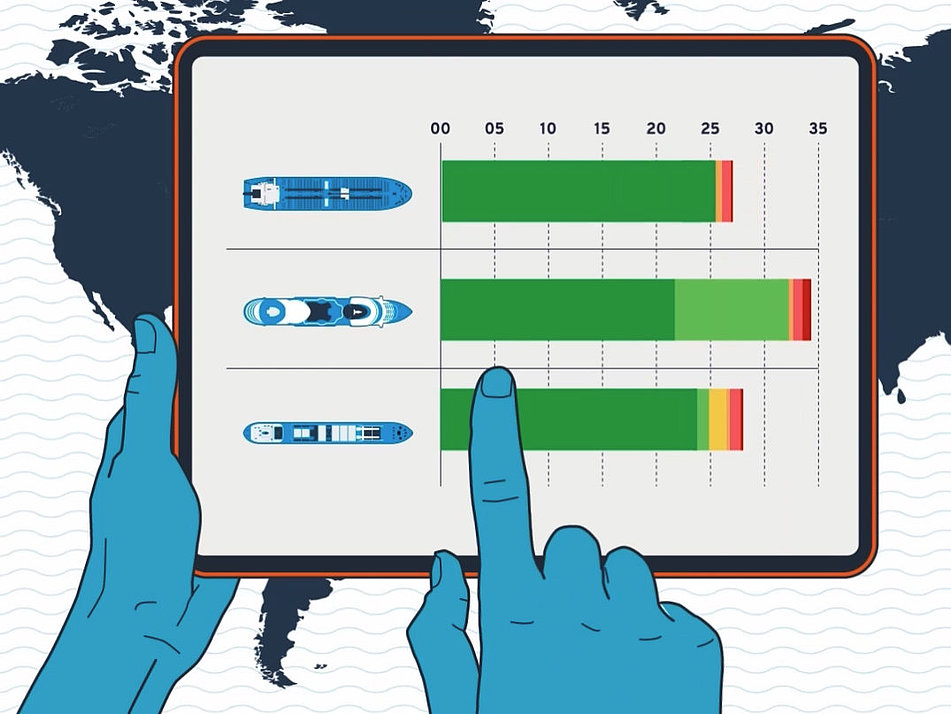
2023
Gleistein Tracking System
In 2023, Gleistein introduces its first digital product: The Gleistein Tracking System (GTS), dedicated to the digital lifecycle management of all ropes on a ship or an entire fleet. It enables transparent real-time monitoring of every rope’s condition, simplifies determining when ropes are due for replacement, standardizes inspection routines, and optimisesmaintenance cycles. Individually tailored to each client by our experts, it integrates seamlessly with existing internal systems. Cloud technology allows for comprehensive tracking and direct access to rope certificates and manufacturers' declarations. The GTS sets new benchmarks for efficiency and safety.
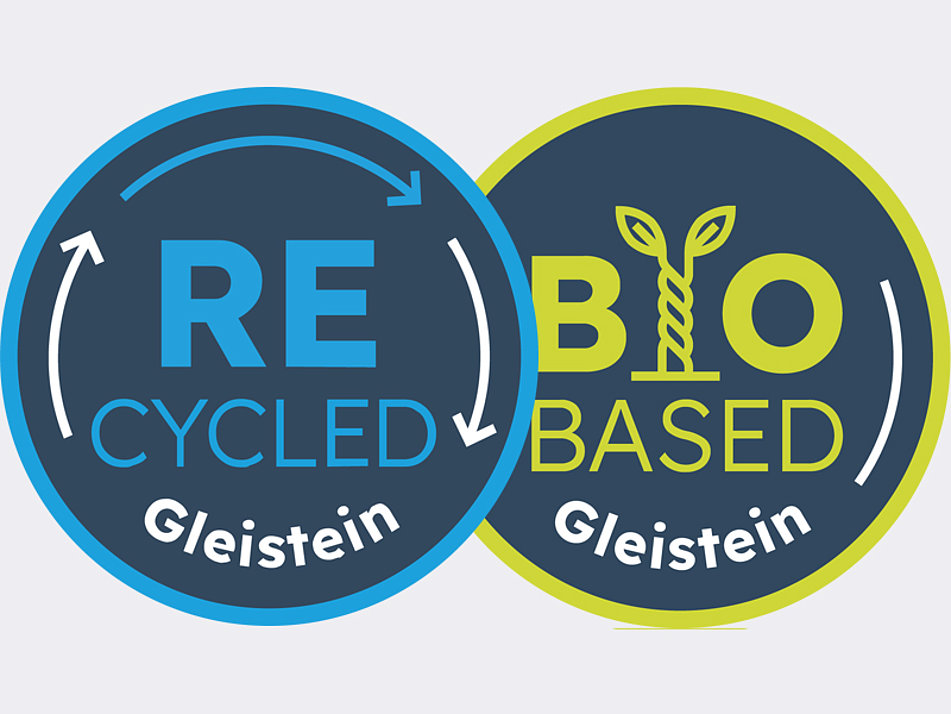
2022
Keeping our promise...
In line with our purpose, we have been focusing on sustainable connections for many years. In 2022, however, we make two particularly groundbreaking decisions: As the first company in the world, we switch our entire portfolio of products made with Dyneema® to be manufactured exclusively from bio-based Dyneema® fibres – without any compromises in terms of performance properties. And that's not all: This year also marks the launch of our first ropes made entirely from recycled PET bottles, which, of course, uphold Gleistein’s stringent quality standards.
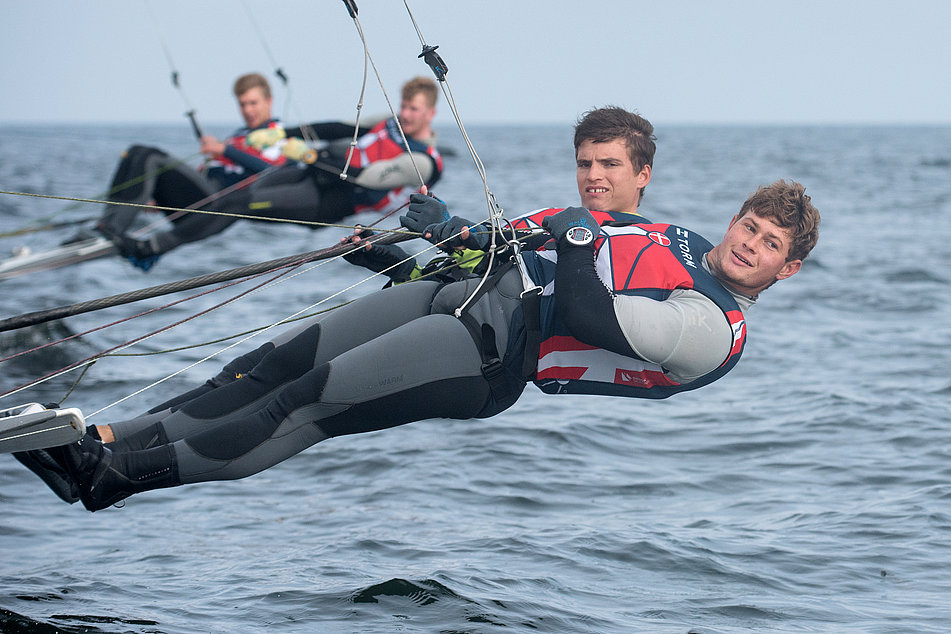
2021
Gleistein equips the Danish national team
... and Anne-Marie Rindom wins the gold medal at the Olympic Games in Tokyo. The team was already equipped by Gleistein in 2017 for the Olympic Games in Rio and 2024, at the Olympics in France, Gleistein will be on board again.
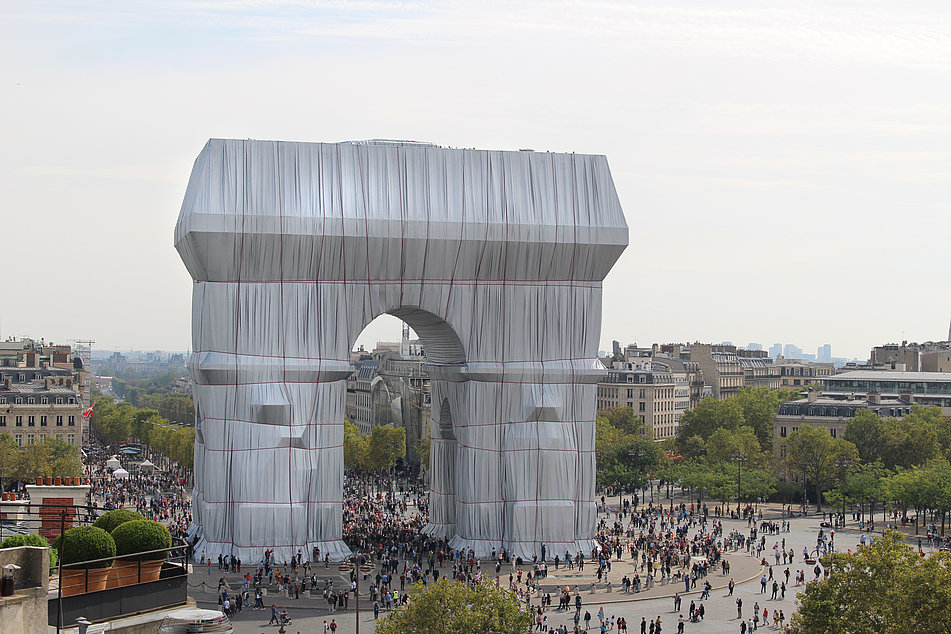
2021
L’Arc de Triomphe, Wrapped
One of the most exciting art projects of our time is becoming reality: the wrapping of the Arc de Triomphe in Paris. Gleistein was able to impress Christo and his wife Jeanne-Claude 26 years earlier, during the wrapping of the Reichstag, with its many years of engineering experience and precise working methods. That is why the company is also entrusted to fix the fabric for this installation. Together with the artist, everything is planned down to the smallest fold. The bright red rope, fire-retardant and equipped with matching fittings, is the supporting element of the art installation. Although Christo passes away 15 months before the actual realisation of the project, thanks to perfect planning everything runs like clockwork and the installation becomes a legacy that pays due tribute to the artist.
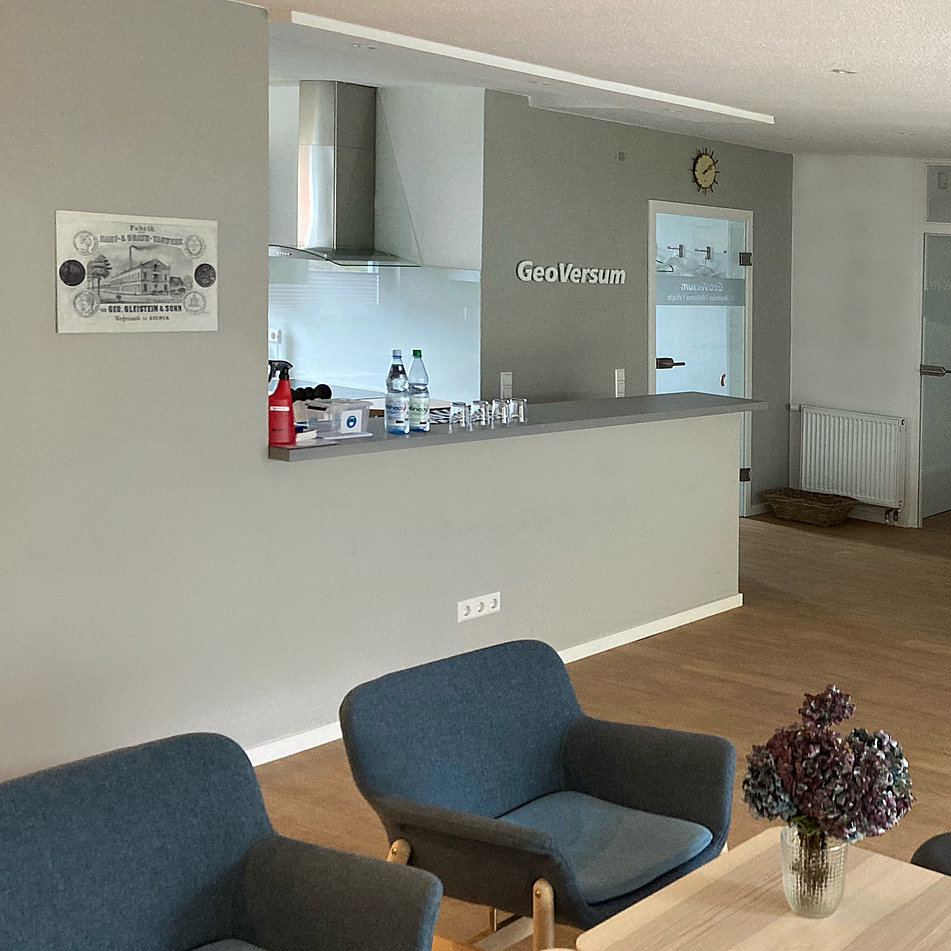
2020
GeoVersum – a place of inspiration
This year a former residential building on the company's premises becomes vacant and Gleistein seizes the opportunity to establish a colourful new think tank at its headquarters in Bremen. Inviting rooms in modern design with an open kitchen offer space for valuable encounters and promote the creation of new ideas. The flexible working environment outfitted with magnetic walls and a video conferencing system can be adapted for a wide variety of formats. Far away from conference tables and office atmosphere, there is now a space for creativity and exchange, for GeoTalks and good conversations or an after-work beer. In addition, three individually and lovingly designed rest and guest rooms are being created to make all visitors feel at home with the Gleistein family.
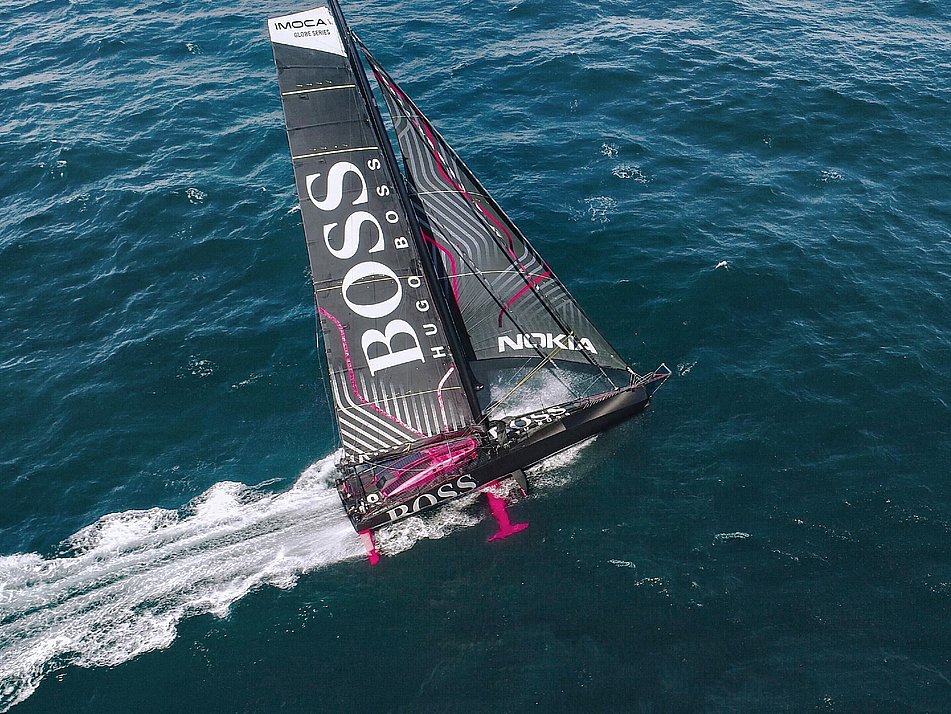
2016
Alex Thomson Sailing Hugo Boss
Second place in the Vendée Globe 2016/2017 and participation in 2020/2021 with ropes from Gleistein.
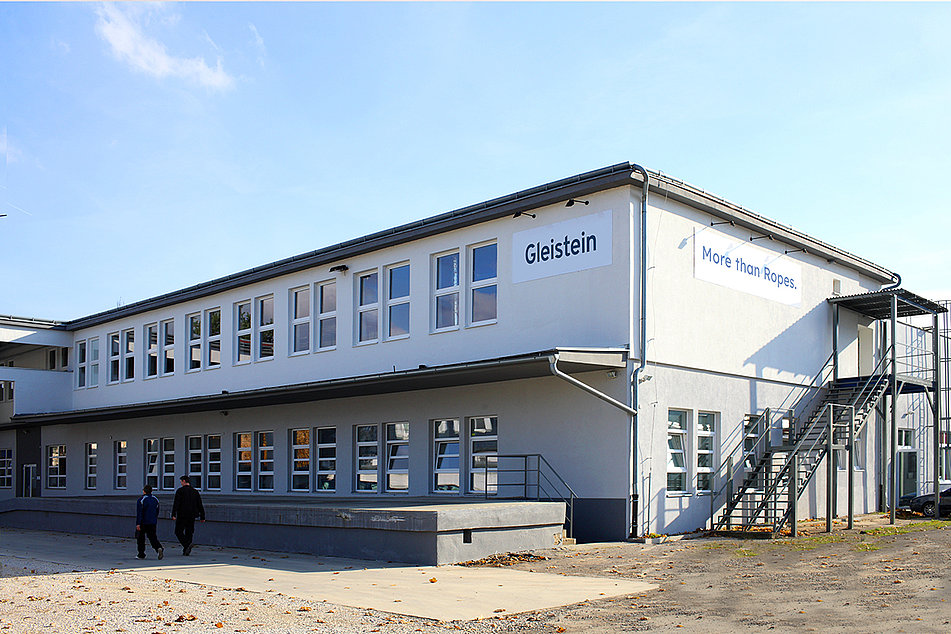
2014
On the move in Slovakia
Gleistein has completed the relocation of its Slovakian production site in Trencin. While the new plant is just a stone’s throw from the previous site, it is worlds away in terms of facilities and the possibilities it offers. The team now enjoys the benefits of a bright and airy 11,000 m2, ground-level complex – which provides plenty of room to grow further and manufacture first-class ropes Made in Europe.
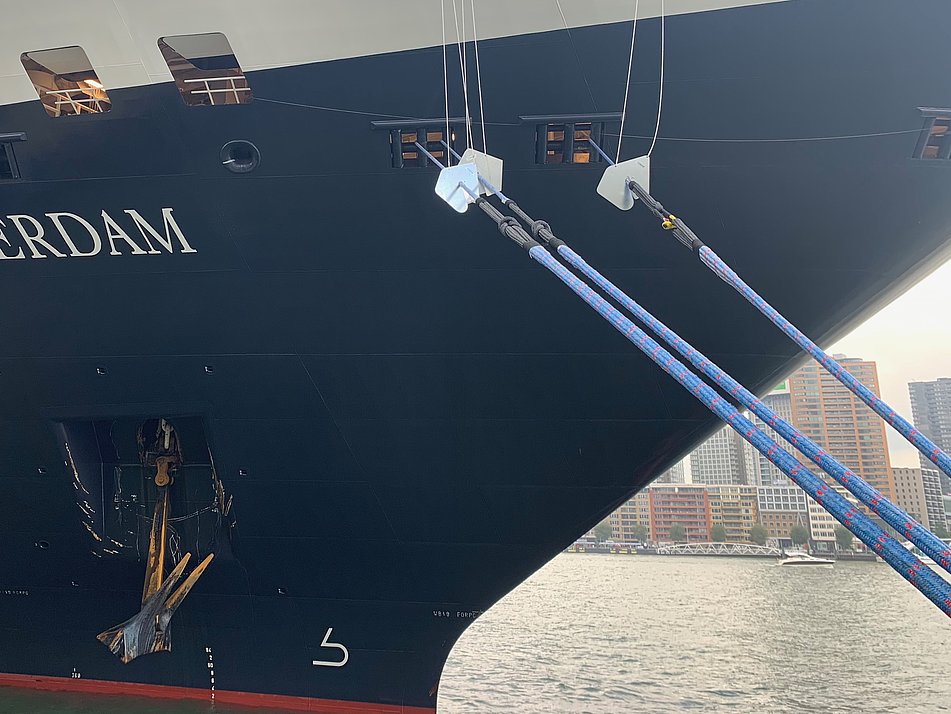
2014
FLX Mooring System
It guarantees superior handling thanks to its low weight, is extremely efficient and requires the smallest possible space on board: the new FLX Mooring System from Gleistein.
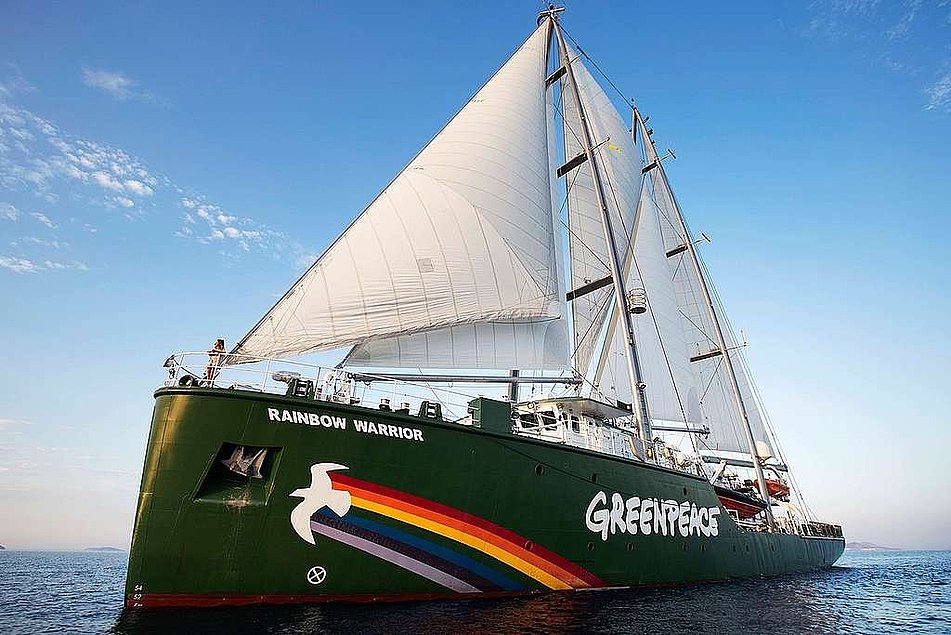
2011
Rainbow Warrior III is equipped by Gleistein
This year Gleistein has the honour of equipping Greenpeace's new campaign ship, the Rainbow Warrior III: All running rigging on board the high-tech motor sailing vessel is provided by the company. In the name of environmental protection and sustainability, the ultra-modern ship is now sailing around the world. It is the dawn of a new era for global environmental awareness. An industrial company like Gleistein has special responsibility when it comes to preserving the ecosystem and management is well aware of this. In addition to the company's own commitment to environmental protection, Gleistein is thus setting an example for global environmental awareness.
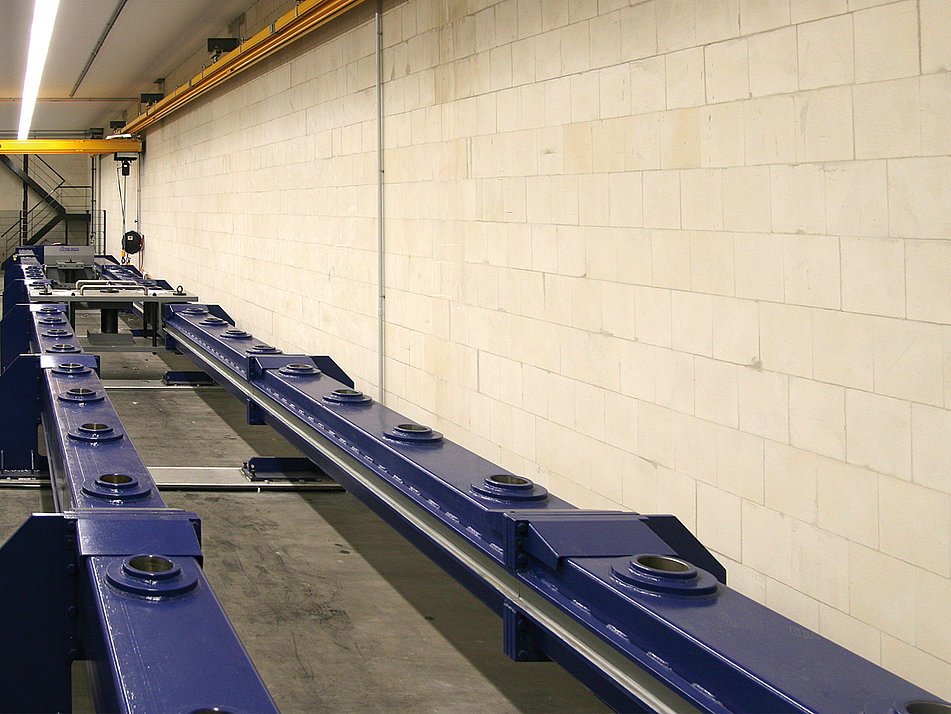
2011
New rope testing laboratory at Gleistein
One of the most modern and well-equipped rope testing laboratories in the world is built at Gleistein's headquarters in Bremen. As a leading company in the field of rope research and development, Gleistein is literally breaking all dimensions with the new laboratory. Its almost infinite scope of applications and adjustment options enable detailed performance analysis and precise research into all rope properties under real-life conditions. The new tensile testing machine has a capacity of 300 tons. Almost all imaginable environmental influences and load scenarios can be simulated here, to push the company's innovations even further.
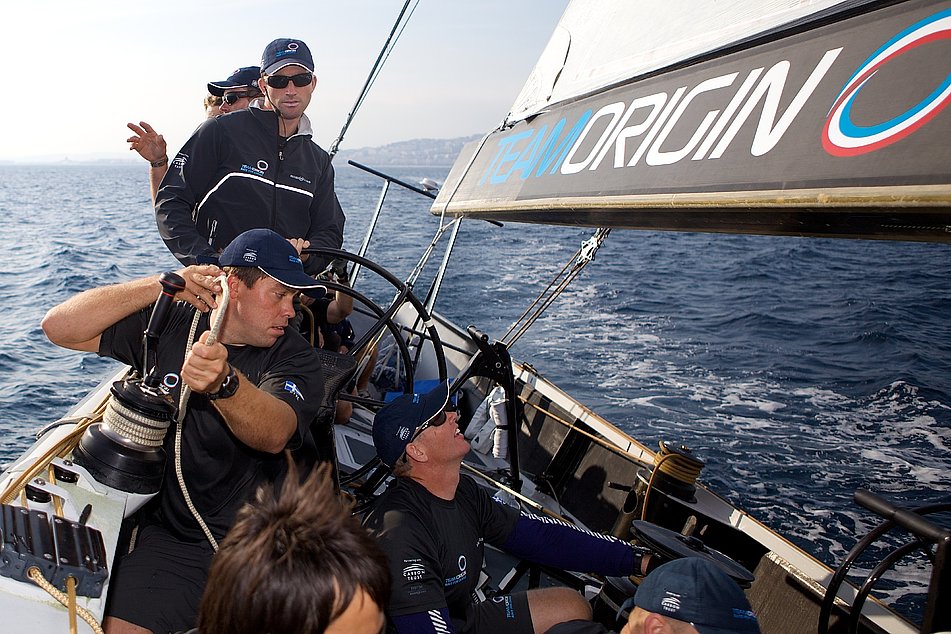
2010
Gleistein wird offizieller Tauwerklieferant für TEAMORIGIN
34th America´s Cup 2010
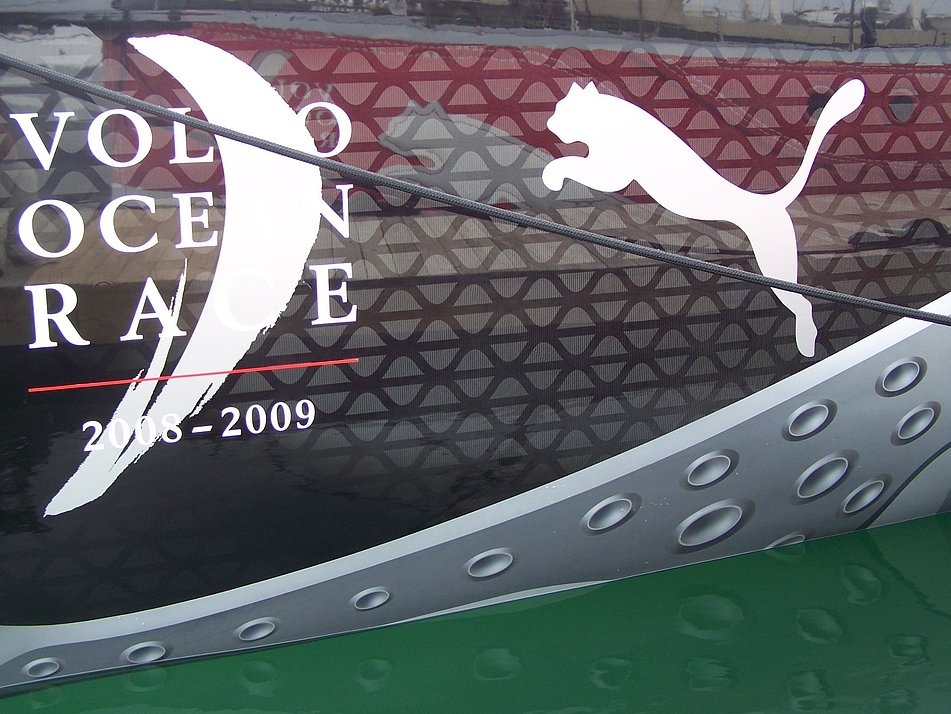
2008
Puma Racing: Volvo Ocean Race
As the official rope supplier to PUMA Ocean Racing, Gleistein supplied all the running rigging for PUMA's Volvo Open 70.
2007
Gleistein becomes official rope supplier for TEAMORIGIN
34th America´s Cup 2010
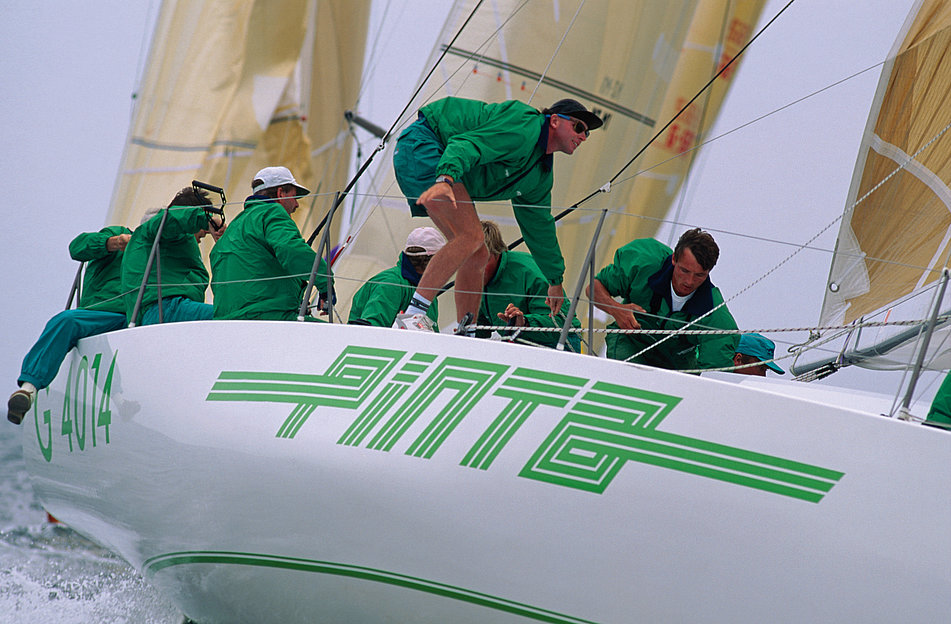
2002
Victory of the Illbruck in the Whitbread Round the World Race
This year, for the first time, a German boat triumphs in the Whitbread Round the World Race, the predecessor of the Volvo Ocean Race. It is a regatta that is considered the toughest challenge in sailing. The winning boat "Illbruck" is fully equipped with ropes from Gleistein. The regatta rigging brings together raw natural power and high-tech: With superior strength at the lowest weight and excellent handling characteristics.
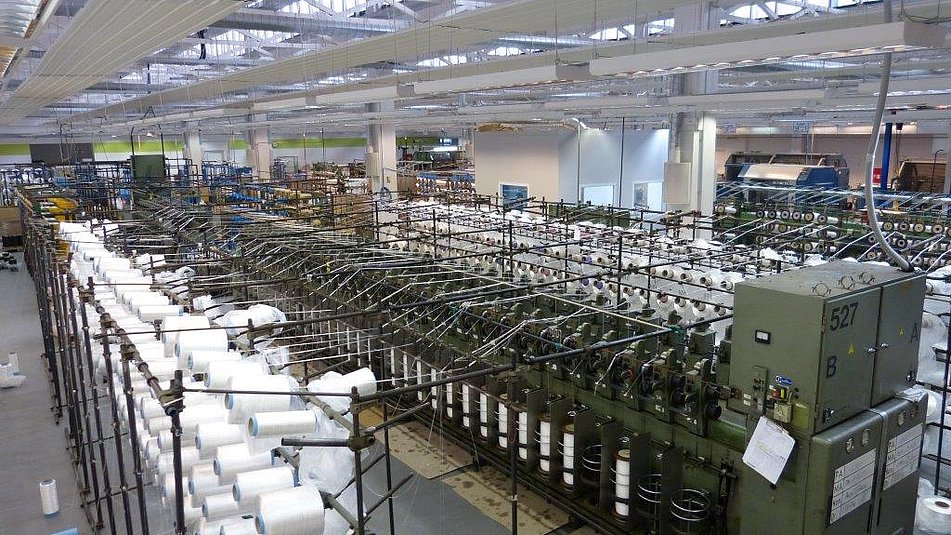
1997
Establishment of a production facility in Trencin, Slovakia.
After the fall of the Berlin Wall, prices weaken and Gleistein begins to work on a new business concept. In keeping with the European ideal, it is obvious to contribute to the development of the economy in the former Soviet sphere of influence as well. At the same time, the no longer existing Eastern bloc seems to allow for more favourable production conditions elsewhere. However, legal uncertainty, cultural differences and the existing language barrier make it difficult to set up an outsourced production facility. Contact with Michael Sandrey, a former textile engineer of Gleistein from Czechoslovakia, finally opens the way to Eastern Europe. Sandrey lives in Trencin, a town in Slovakia that is home to important textile industries and a textile university. Thanks to his help, an additional production facility is built there at the end of the 1990s.
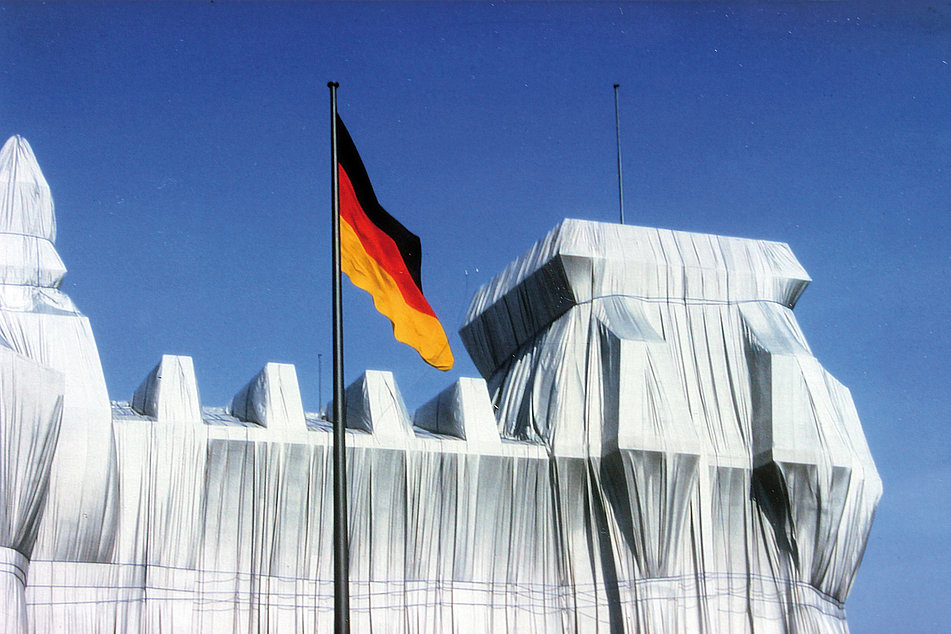
1995
Wrapped Reichstag
Shortly before the fall of the Berlin Wall, Gleistein receives an unusual request. Artist Christo and his wife Jeanne-Claude are planning to wrap the German Reichstag building in fabric. After the fall of the Berlin Wall, there is finally approval from politicians. Thanks to Gleistein's openness and expertise, the company is finally chosen for the project among all competitors. A whole 15,600 metres of blue rope are needed for this mammoth project. To determine the exact requirements, a model is built and tested in the wind tunnel. Together with the artist couple, the exact shade of blue is ascertained. Divided into more than 480 individual pieces, equipped with different rope ends and labelled according to a precise scheme, the ropes are finally loaded and transported to Berlin after years of preparation. Everything is perfectly planned, and the wrapped Reichstag becomes a celebrated symbol of German reunification. Naturally, the members of the Gleistein family are invited on a company outing to see their achievement on site.
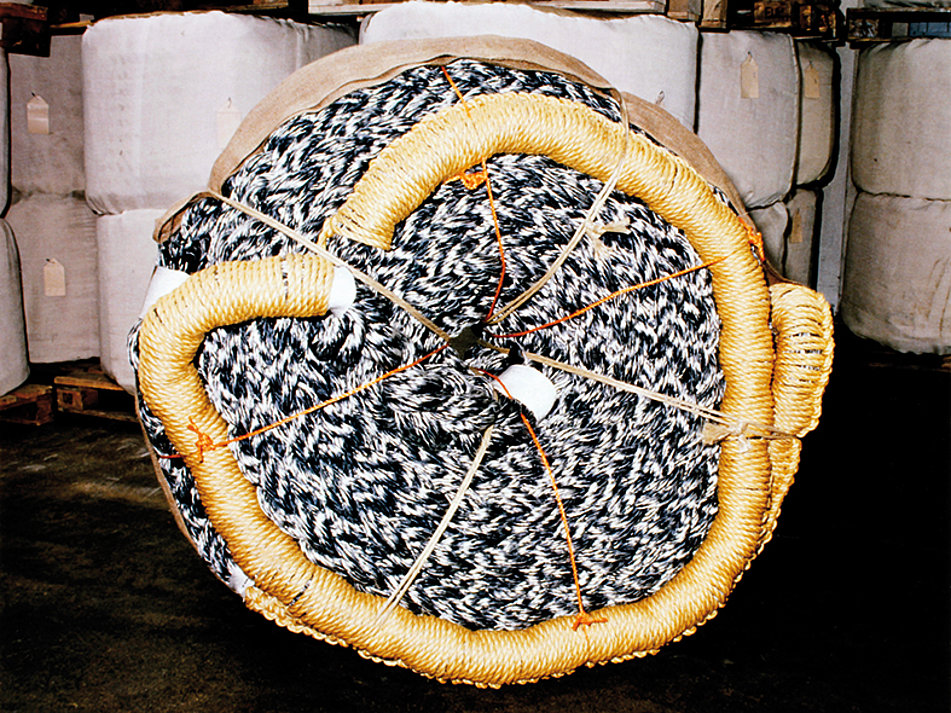
1985
High-modulus polyethylene
Now it is finally possible to produce fibres from polyethylene that have 100% strength utilisation. It is the most efficient raw material for strandable fibres to date.
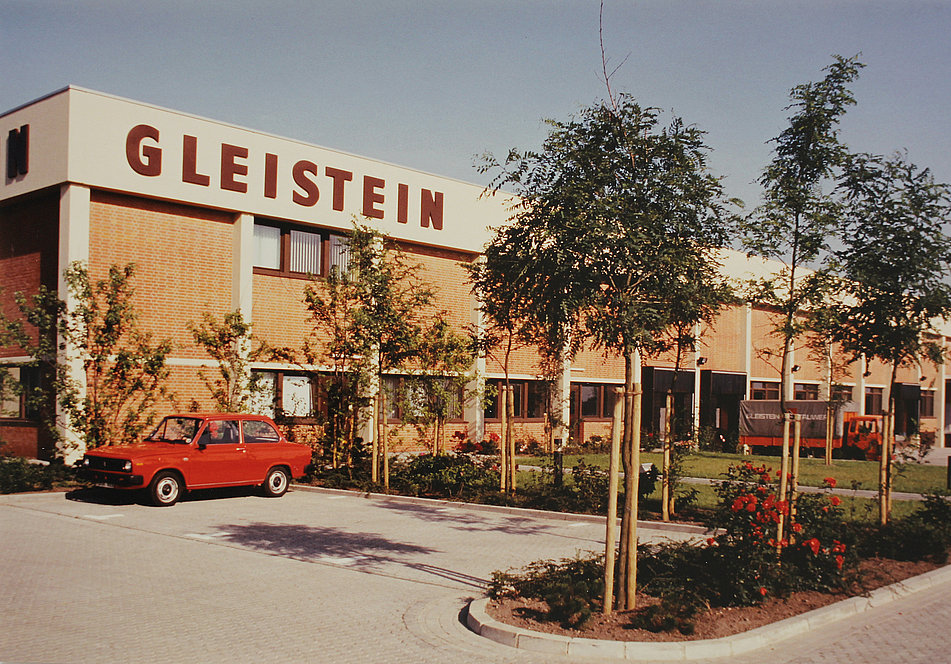
1980
Opening of the new company headquarters in Bremen Blumenthal
A conventional cableway is 400 metres long and 5 metres wide. Moving it to another location is almost impossible. Nevertheless, Gleistein wants to move its headquarters to Bremen Blumenthal in the 1970s. Another manufacturing option is needed, which fortunately is developed at just the right time. A new machine design enables the same production steps to be carried out from individually "coiled" strands and ropes. It requires little space and no ropeway buildings or fixtures, which makes the choice of location for the new company premises much easier. After long negotiations, it was trust and concessions from both the state of Bremen and Gleistein that finally lead to a relocation contract. In June 1980, the company reopens at the new site with a large crowd of visitors and all employees.
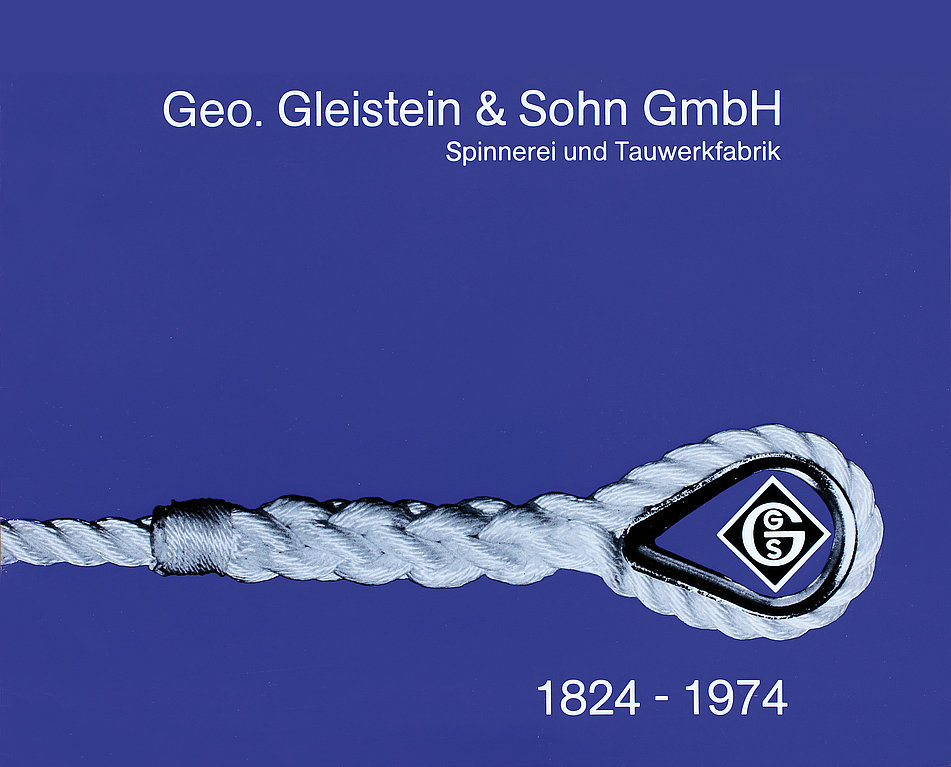
1974
The abolition of all natural fibre products
This year sees the final abolition of all natural fibre products. From now on, the mature polyester fibre occupies the company mainly with yacht ropes and other technical lines
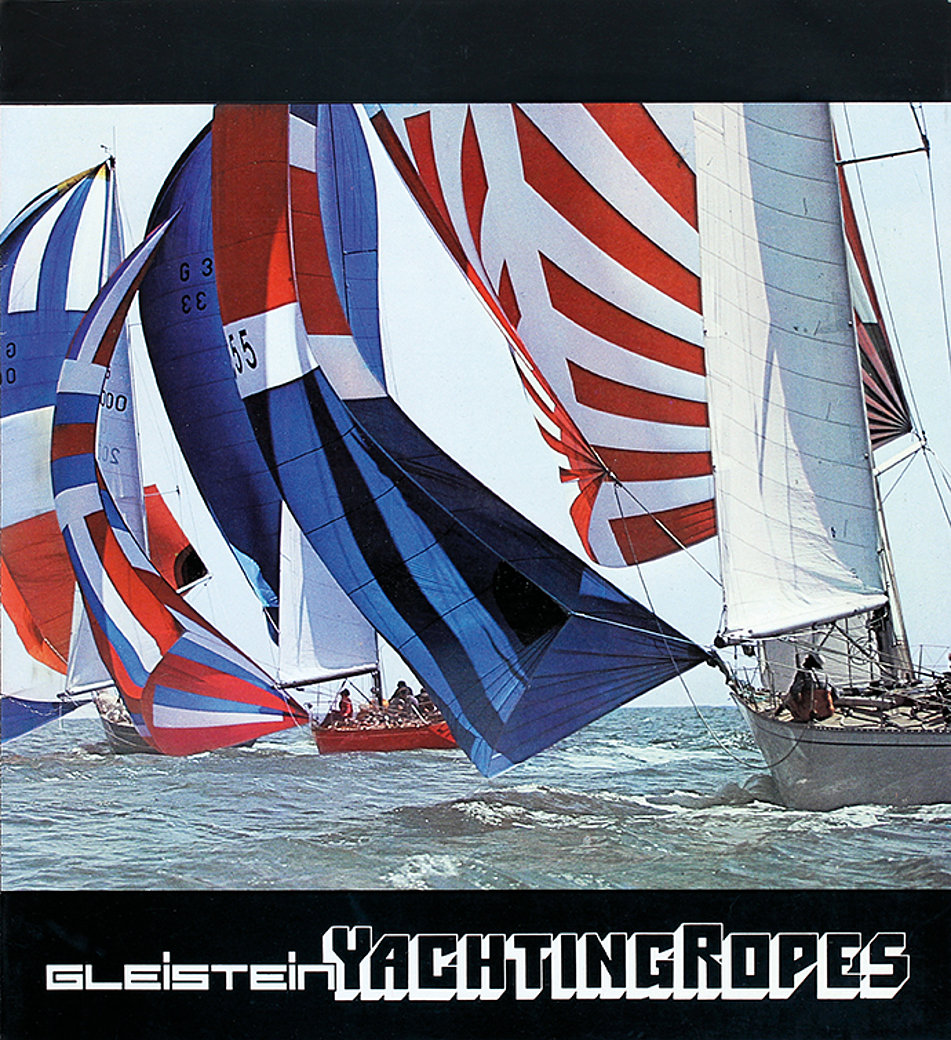
1973
Development of the CUP sheet as gateway to the yachting market
In yachting, the search is on for halyards that have a low elongation, similar to wire rope. Thanks to the new trial areas at Gleistein, the company is able to develop the "CUP sheet". A line whose core consists of parallel polyester fibres and thus no longer has any constructional elongation. This brings the company even closer to meeting the demand for elongation properties found in wire rope. This development is the prelude to the creation of own product brands, described for special markets, and the "CUP Schot" is a complete success. In 1973, the three German ocean-going yachts that win the Admiral's Cup are all equipped with yacht ropes from Gleistein.
1971
High-modulus polyamide
The first Kevlar® fibres are introduced: modified polyamide fibres with new properties. Kevlar® is the first fibre that makes it possible to achieve wire rope-like strength with the same diameter. It is extremely tear-resistant, much lighter and at the same time stronger than steel.
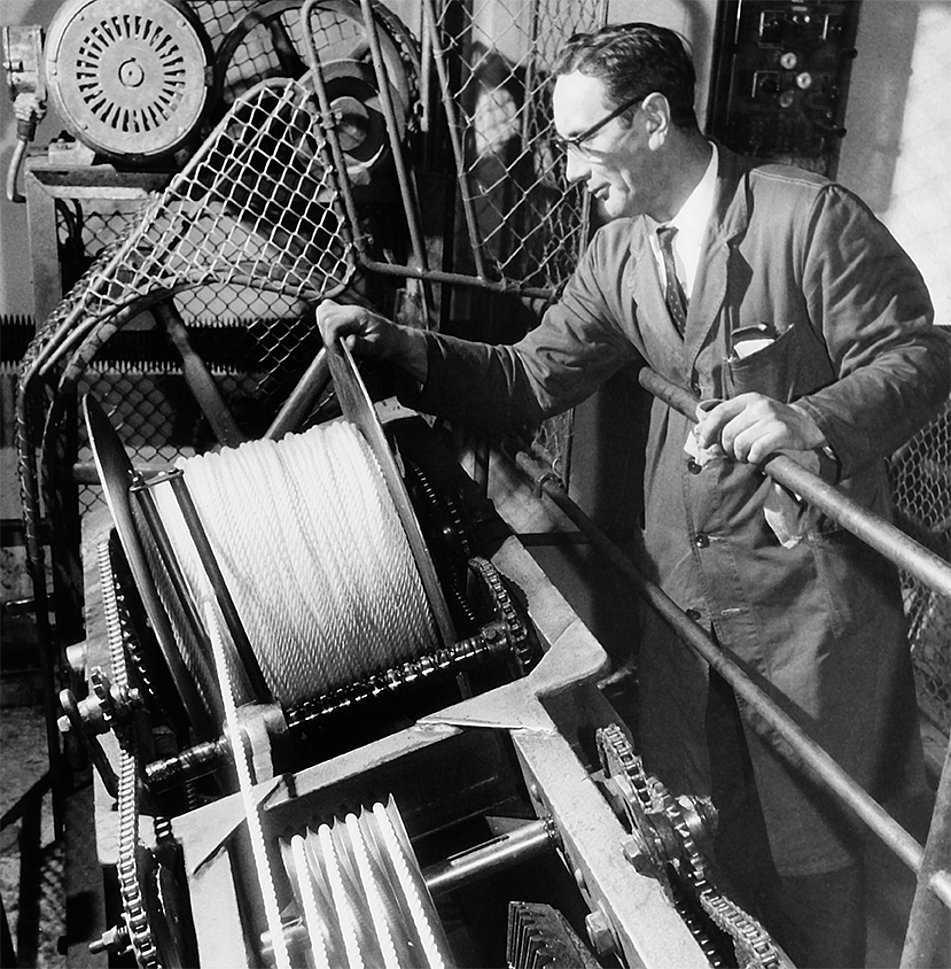
1970
In-house mechanical engineering
Gleistein’s inventive spirit does not stop at ultra-modern rope solutions. In the 1970s, the building of own machines is beginning, to be able to find solutions for almost all technical challenges. To this day, special machines are built for special projects that you can only find at Gleistein.
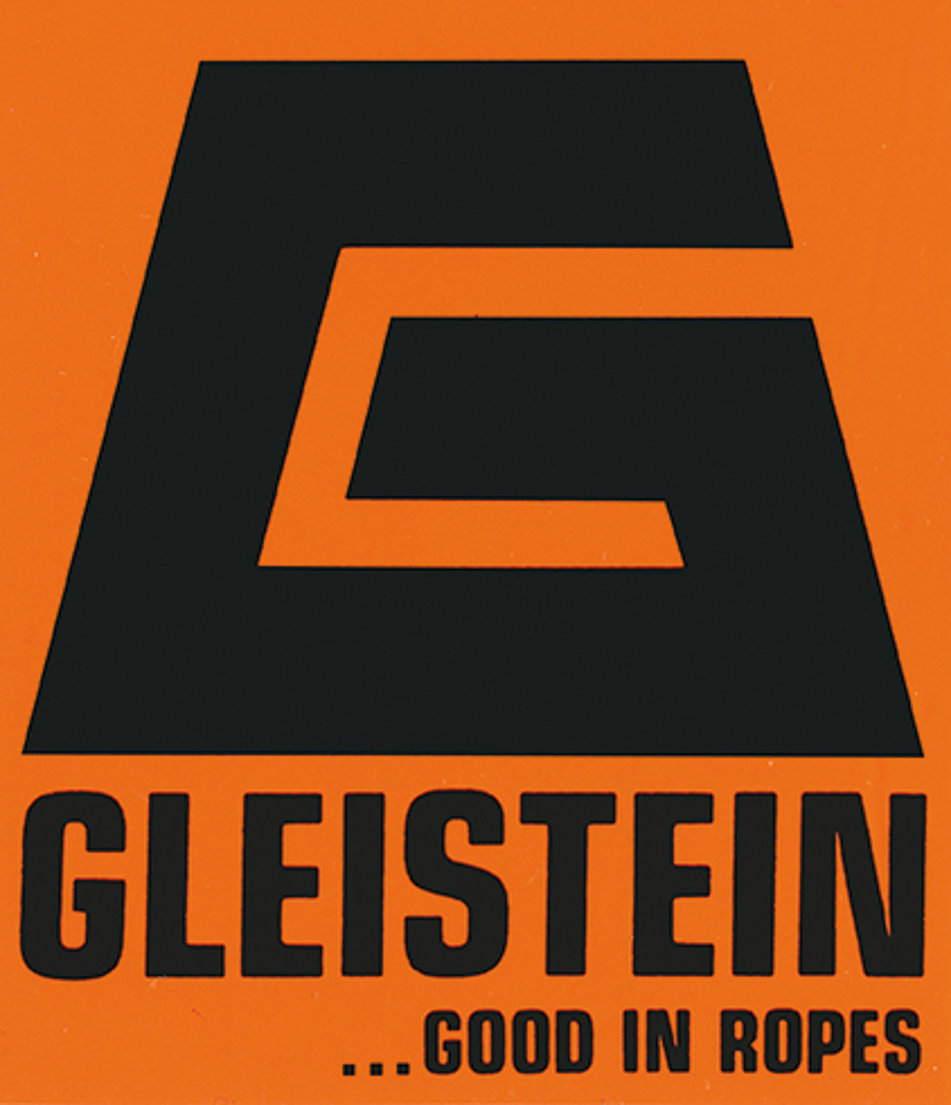
1966
Economic miracle
Germany’s economic miracle in the 1950s helps Gleistein to entirely recover from the post-war period. The workforce has grown back to 200 employees and production has reached pre-war levels. In order to be able to process the new synthetic fibres even better, the company acquires its first extruder in 1966, which is soon followed by an even more modern one. From now on rope, from powder or granulate, can be produced entirely on site. A square braider, also newly obtained, braids the typical, square-looking mooring lines. A new administration and production building is erected in 1967. A 30-tonne tensile testing machine enlarges the laboratory and allows completely new testing procedures. From now on, there are no limits to new innovations and Gleistein regularly launches its own cordage solutions, only some of which can be mentioned here.
1960
Nylon ropes
The first nylon rope has left the factory. The larger fishing vessels of deep-sea fishing need more modern nets. Gleistein therefore learns to stabilise nylon yarn, which would otherwise shrink and lose strength in the water.
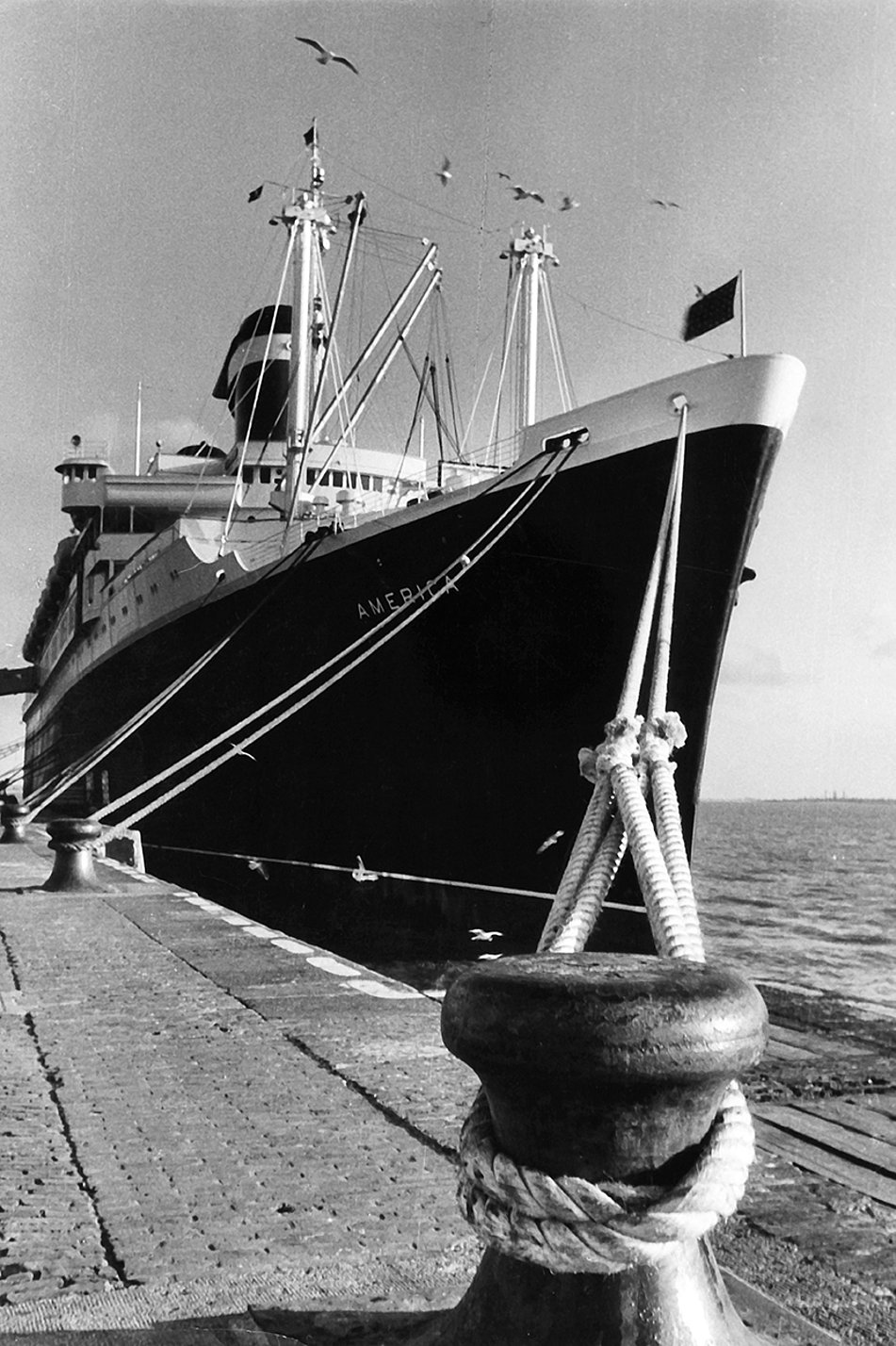
1947
First use of synthetic fibres
The appearance of polyamide fibres leads to a radical change in rope manufacturing. A new age of production begins. Sisal and Manila ropes are gradually displaced because the raw material is cheaper, and processing becomes easier. Thus, the price for polypropylene ropes becomes competitive, their quality is better and consistent. With the same diameter, they weigh less, do not absorb water and are buoyant. A sailor appreciates these properties at the latest when such a rope has fallen into the water: it does not sink or turn into the propeller.
1933
The toughest time during the last 200 years
How does a company survive a dictator’s seizure of power, the Second World War and the post-war period, while just recovering from the huge inflation after the First World War? During this time, it is important not to attract unnecessary attention and to find extraordinary solutions in order to make do with the available resources. Thanks to a tactical approach, the managing directors, Carl Rasch and Hans Paul, manage to avoid joining the National Socialist German Workers Party until the end of the Third Reich. After the end of the war, a report by the British secret service shows how rope production has changed. Because there was a considerable shortage of raw materials, Hercules rope took on a substitute function. Instead, ropes are now made from fibre waste, spinning waste, scrap material and yarns from twisted paper strips. Production is almost exclusively limited to harvest twine and fishing nets. It is also the good relations with the fishing industry that at least secure the Gleisteiners' food supply during this period. Net yarns are exchanged for fresh fish and the fish’s distribution in the company. The kiln, a device for drying tarred ropes, is spontaneously converted into a drying device for fish.
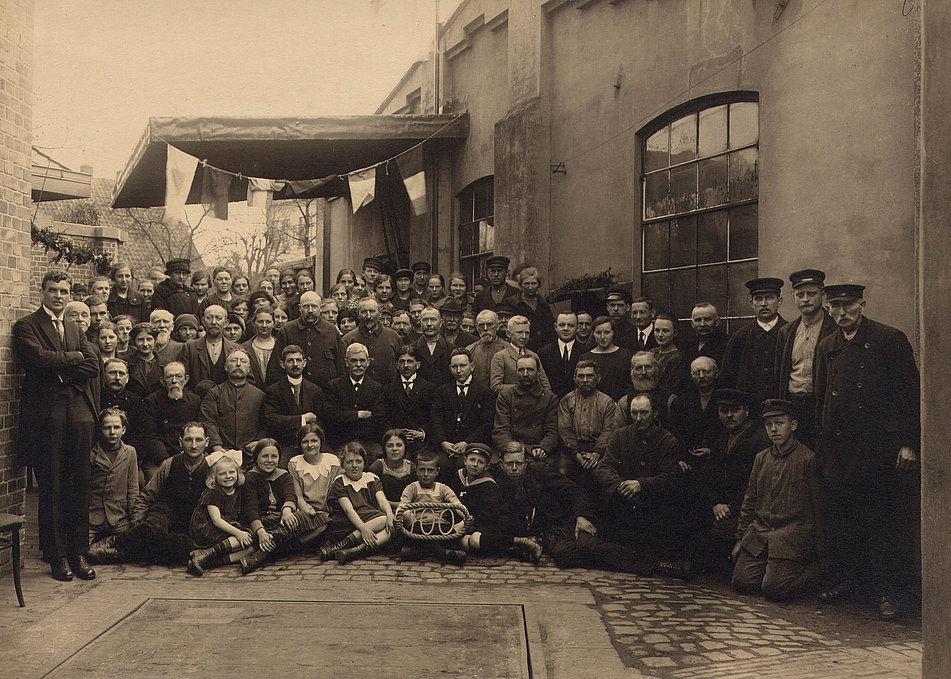
1924
A picture is worth a thousand words
Gleistein celebrates its 100th anniversary. A group photo of all the employees and owners, as well as their children and thus future owners - artfully constructed and certainly not taken in a fleeting quarter of an hour - still bears witness today to how connected the Gleistein family has always been.
1920
Basic research of standardisation and technical calculation of ropes
The First World War is followed by severe inflation. The managing directors at the time are Bernhard Rasch, Georg Gleistein’s son-in-law, and his brother Georg Rasch. Thanks to their economic thinking and determination, they manage, despite all challenges, to terminate the lease agreement, buy the company property and expand the business from year to year.
It is already known back then that constant development of the company and its products is necessary to maintain its position in the market. For this reason, extensive and cost-intensive standardisation work begins at Gleistein in 1920. The heterogeneous raw material of all natural fibres is made more calculable through more specific international standards. The comprehensive experience of old ropemakers is thus increasingly supplemented by the slide rule and sample series. Here the foundation is laid for Gleistein as a technological company at the forefront of the world.
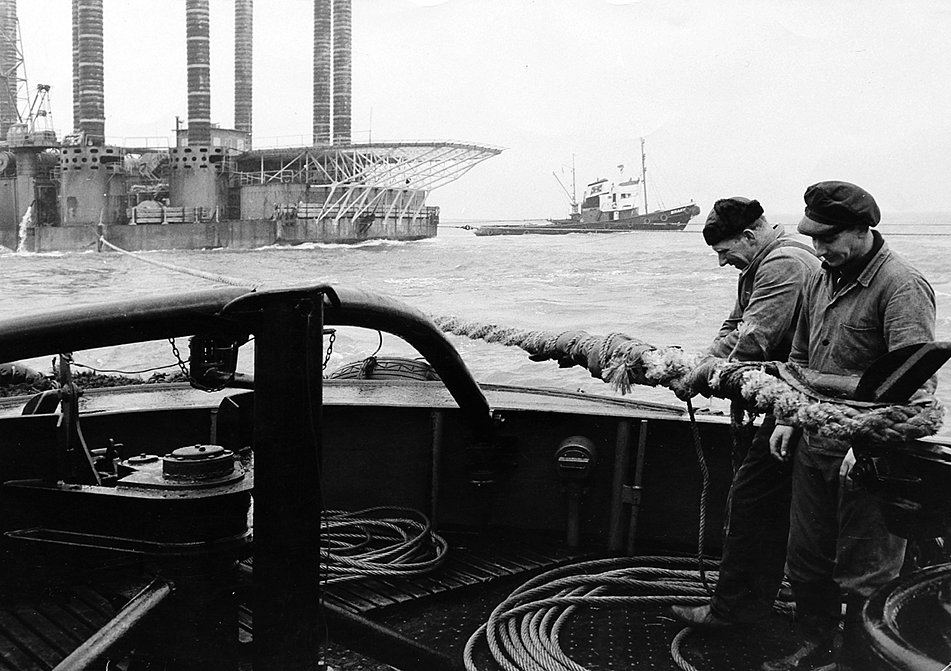
1890
First distribution of Herkules rope
The emergence of new fibres, such as sisal and manila, makes new technical products possible. From now on, trawlers are equipped with Herkules rope, a combination rope made of wire strands with textile wrapping.
1868
Turning setbacks into opportunities
In the second half of the 19th century, Gleistein must overcome several major obstacles at once. Masses of snow and wind cause the ropewalk to collapse, and two devastating fires destroy large parts of the production plant. Thanks to the foresight of management at the time, the reconstruction is used as an opportunity for technical modernisation. The production area is enlarged, and old machines are replaced.
1864
Production of wire ropes expands the range of applications
This year sees the next major step into the future: the start of wire rope manufacture. This process is initially carried out by hand and very labour-intensive, but thanks to technical development it is mechanised in the following years.
1856
Introduction of the steam engine
The introduction of the steam engine changes the manufacturing methods significantly and catapults Gleistein into the industrial age.
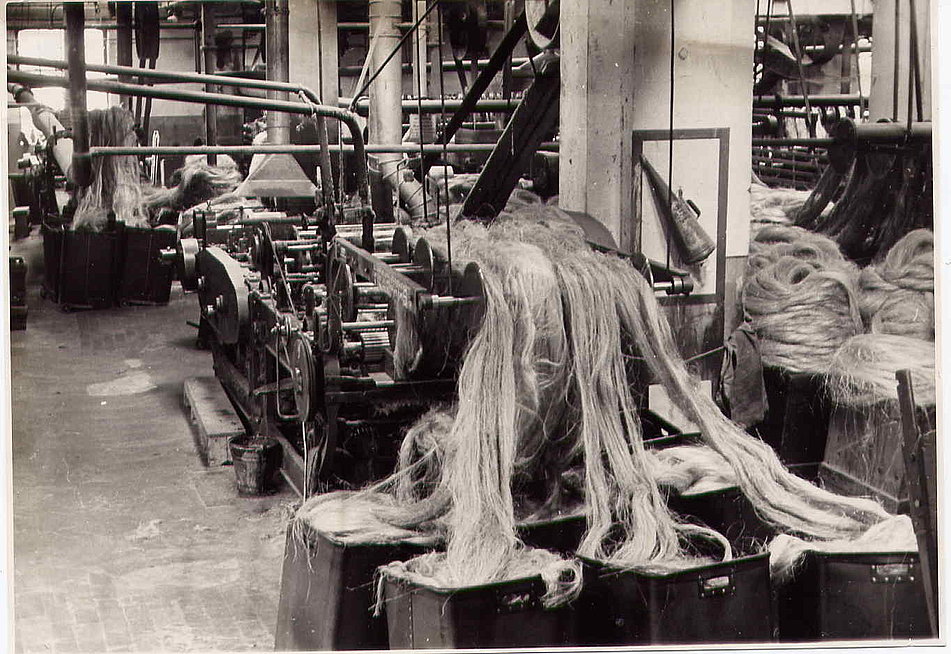
1855
First German company to introduce the spinning machine
Johann Gleistein, son of the managing director at the time, returns from his journeyman years in France. His artistic disposition is particularly evident in the technical drawings he had made while visiting French rope manufacturers. On his journey he had gained valuable experience and new ideas. Among other things, he brought back the modern technology of the spinning machine from France. Gleistein was the first rope manufacturer in Germany to introduce these machines. After years of having to spin out the hemp yarns with the help of a horse-operated whim or by hand, this could now be done by a machine
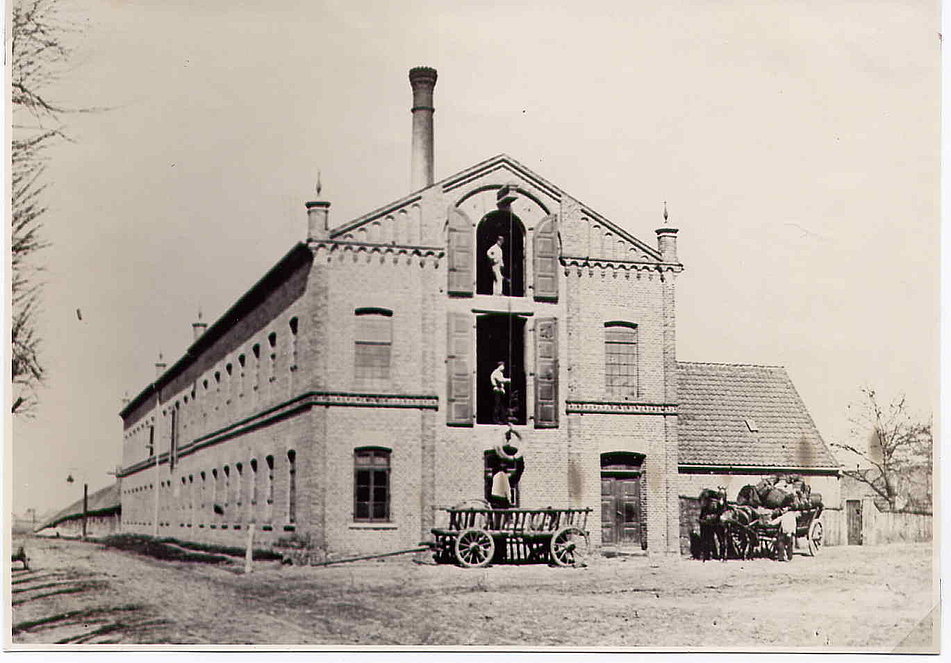
1824
Founding and first years
At the beginning of the 19th century, the only means of transport available – apart from horse-drawn carts and one’s own legs – are ships. Customs and border control make seafaring difficult, life is strenuous and meagre. Shipping is still limited to rivers and lakes, and shipping to America is only slowly emerging.
In 1824, after three states in northern Germany settled a trade agreement and shipping to America gained popularity, Vegesack started developing into a bustling marine hub. Ship owner and captain Jürgen Gloistein, later known as Georg Gleistein, took this opportunity and, together with his son, founded the rope factory Geo. Gleistein & Sohn.


